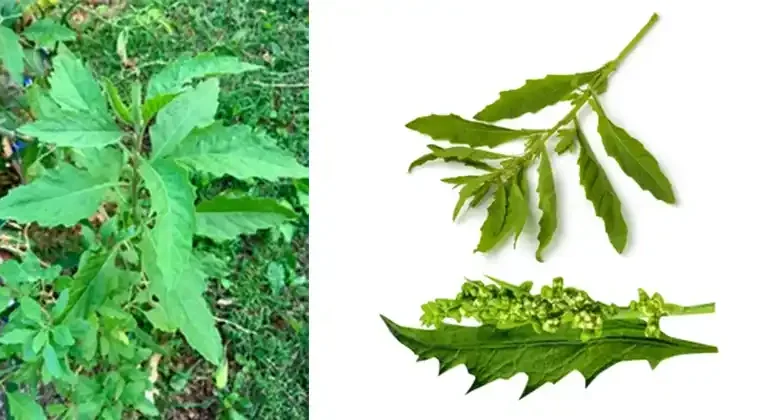Raw Consumption:
- Herbal Teas: Steeping epazote leaves in hot water makes a medicinal tea that can help soothe digestive issues and relieve menstrual discomfort.
- Salads: Fresh epazote leaves can be finely chopped and added to salads to impart a unique, slightly bitter flavor, enhancing both the taste and nutritional profile.
Cooked Dishes:
- Beans and Legumes: Epazote is famously used to flavor beans, reducing their gas-causing effects and enhancing their digestibility.
- Soups and Stews: Incorporating epazote into soups and stews adds depth to the flavor while infusing the dish with its health-promoting compounds.
Innovative Uses:
- Seasoning Mixes: Dried epazote can be ground and mixed with other spices to create seasoning blends for meats, vegetables, or dips.
- Infused Oils: Epazote leaves can be infused in oil, capturing their essence and making a flavorful base for cooking or dressings.
Tips for Incorporation
- Start Small: If you’re new to epazote, begin by introducing a small amount into dishes where herbs are typically used. Its distinct flavor is strong, so a little goes a long way.
- Mix It Up: Combine epazote with other herbs and greens in dishes to get a variety of textures and flavors, as well as a broader range of nutrients.
- Use It Fresh: Whenever possible, use fresh epazote to fully benefit from its vitamins and minerals. However, dried epazote retains most of the health benefits and is great for longer-term storage.
Epazote’s potential goes beyond traditional uses; it can be a pivotal element in transforming everyday meals into sources of both flavor and health. What many might pass by as just another herb is, in reality, a powerful health ally with the ability to significantly enhance our well-being.
By embracing epazote in our diets and exploring its various culinary applications, we can take full advantage of the myriad benefits this herb has to offer. From its digestive health improvements to its role in respiratory and cardiovascular support, epazote provides a comprehensive suite of nutrients that can foster a healthier, more vibrant life. Let’s integrate this robust herb into our culinary traditions and health practices, recognizing it as the valuable resource it truly is.




